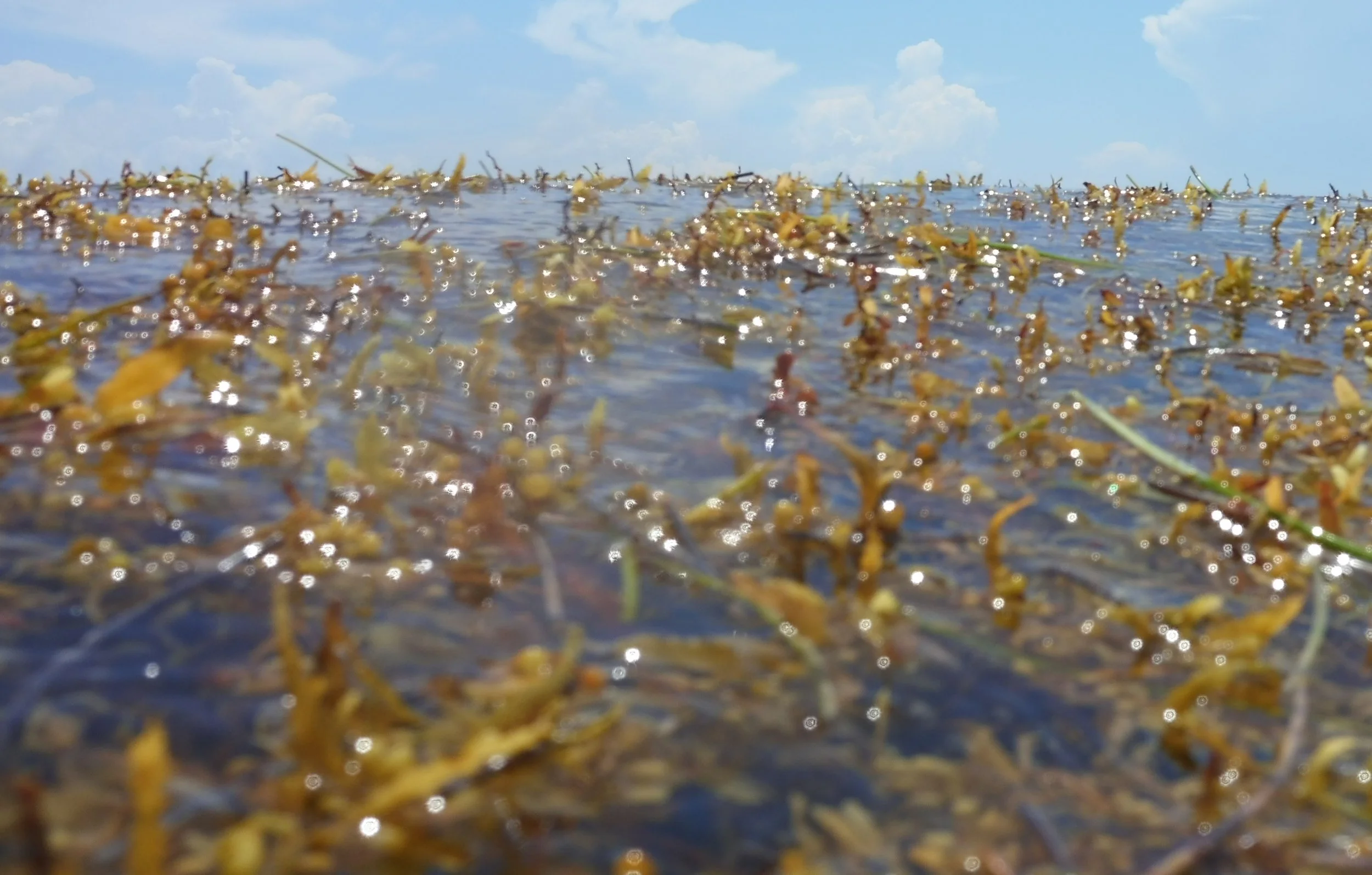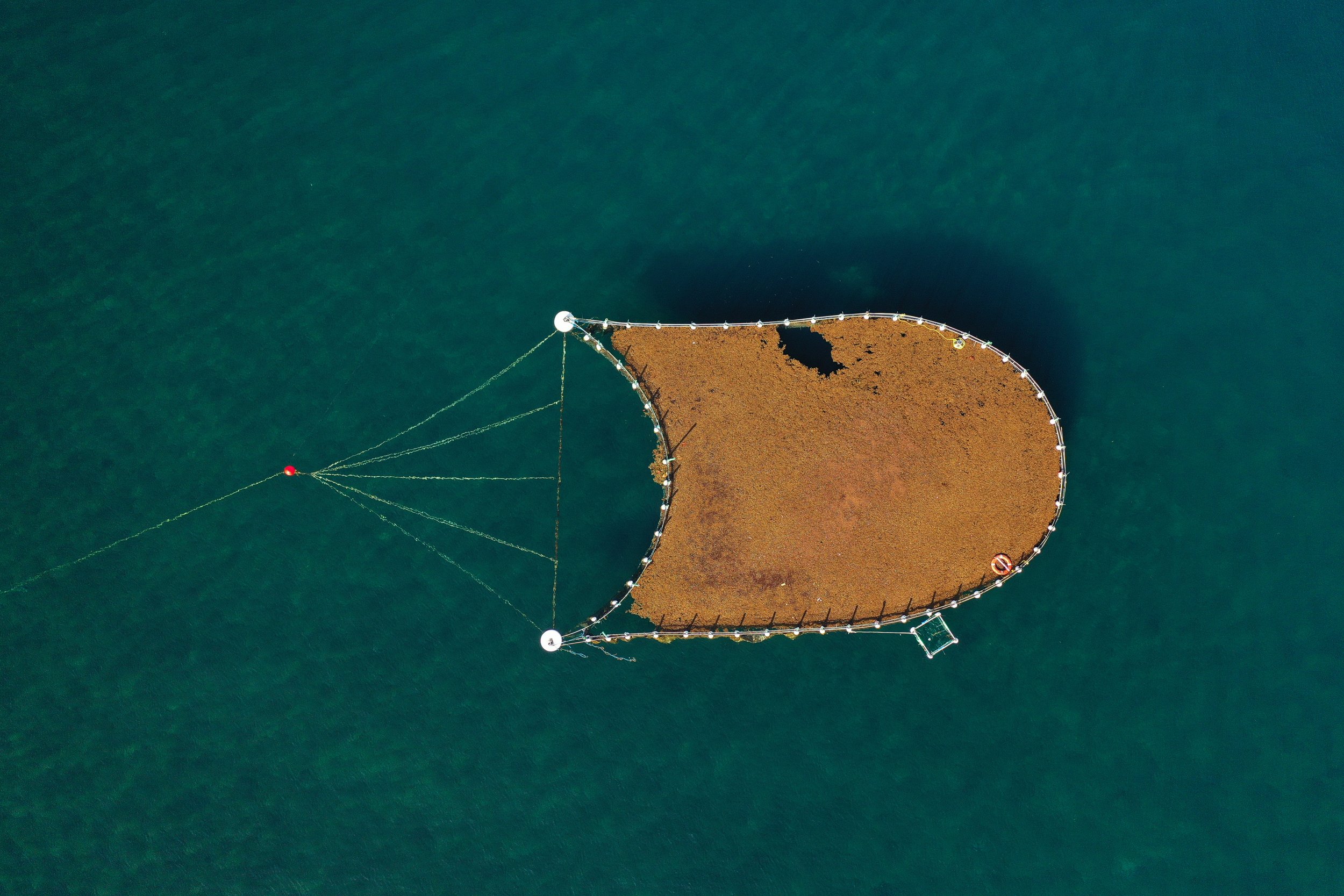Glossary of Terms
-
![credit CNN]()
Abyssal plains
Areas of flat ocean floor at great depth, typically between 3,000 and 6,000 m (10,000 to 20,000 feet). They usually border continents and cover more than 50% of the Earth’s surface.
-
Blue carbon
Carbon that is captured or sequestered by the ocean and coastal ecosystems.
-
![]()
Sargassum
A genus of brown seaweed, best known for two of its free-floating species: S. natans and S. fluitans.
-
![]()
Upwelling
Upwelling is a phenomenon in the oceans where currents driven by the wind and Coriolis Effect moves surface water away from land or another body of water. This leads to dense, cooler, and usually nutrient-rich, water rising from the deep to the ocean surface. It replaces the warmer and usually nutrient-depleted surface water. The reverse process is called ‘downwelling’.
-
Carbon sequestration
Any (natural or anthropogenic) process that results in the net, long-term storage of carbon. In the context of the climate crisis, the term is particularly used to describe methods used to remove carbon dioxide from the Earth's atmosphere.
-
![]()
Carbon Sink
Any reservoir that is able to absorb and store more carbon from the atmosphere than it releases. For example, forests, oceans, wetlands and soils are all natural carbon sinks.
-
![]()
Fucoidans
Long-chain sulfated polysaccharides (aka sugars) produced by brown algae. As these molecules are difficult to break down and therefore very long-lived, these types of algae are ideal for carbon sequestration.
-
![]()
Brown Tide
Each year, starting in January, Sargassum washes up on Caribbean beaches in excessive quantities. If left uncollected, it forms a brown sludge in the shallow waters as it decomposes, releasing toxic gases, sucking oxygen out of the water and blocking light.
-
![]()
Holopelagic
Organisms that spend their entire lifecycle in the open ocean and never attach to the seafloor.
-
AlgaePonix
‘AlgaePonix’ is the name coined for our IP-rich AlgaePonix ‘smart paddocks’ which incorporate a range of measurement and sensing technologies, all of which integrate into an AI-driven digital-twin, which optimizes the farms for storage or growth.










